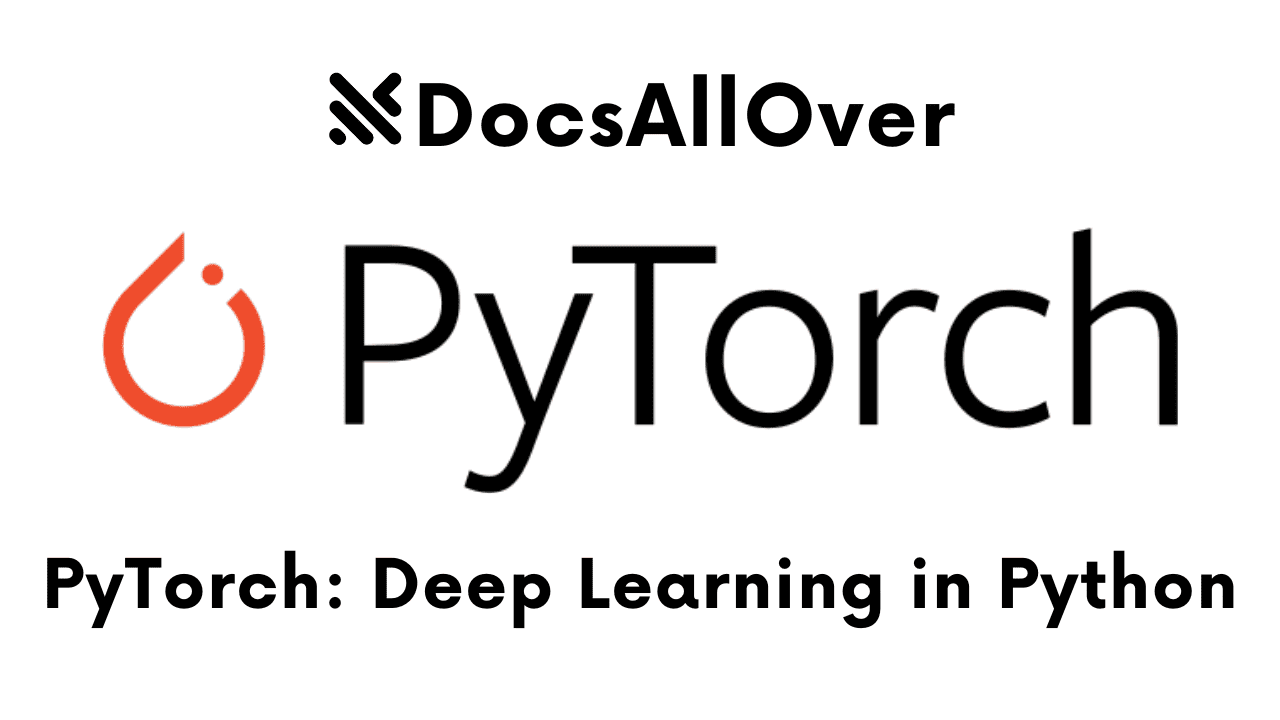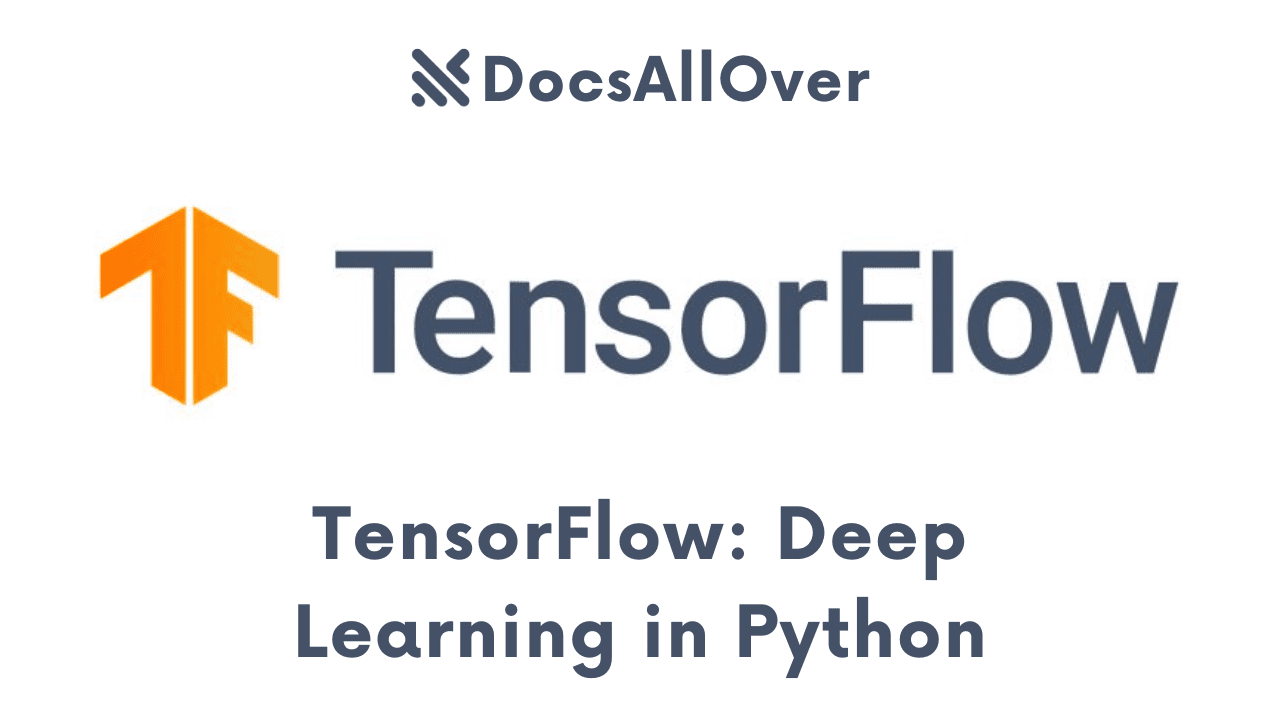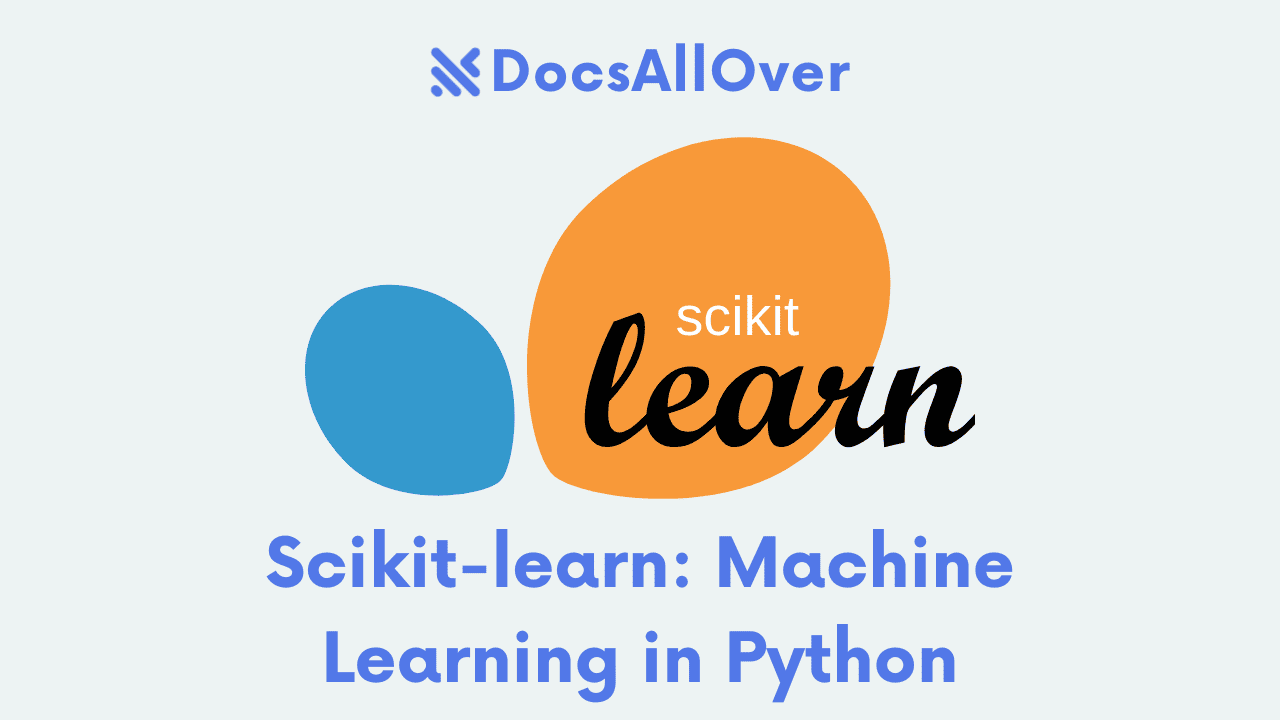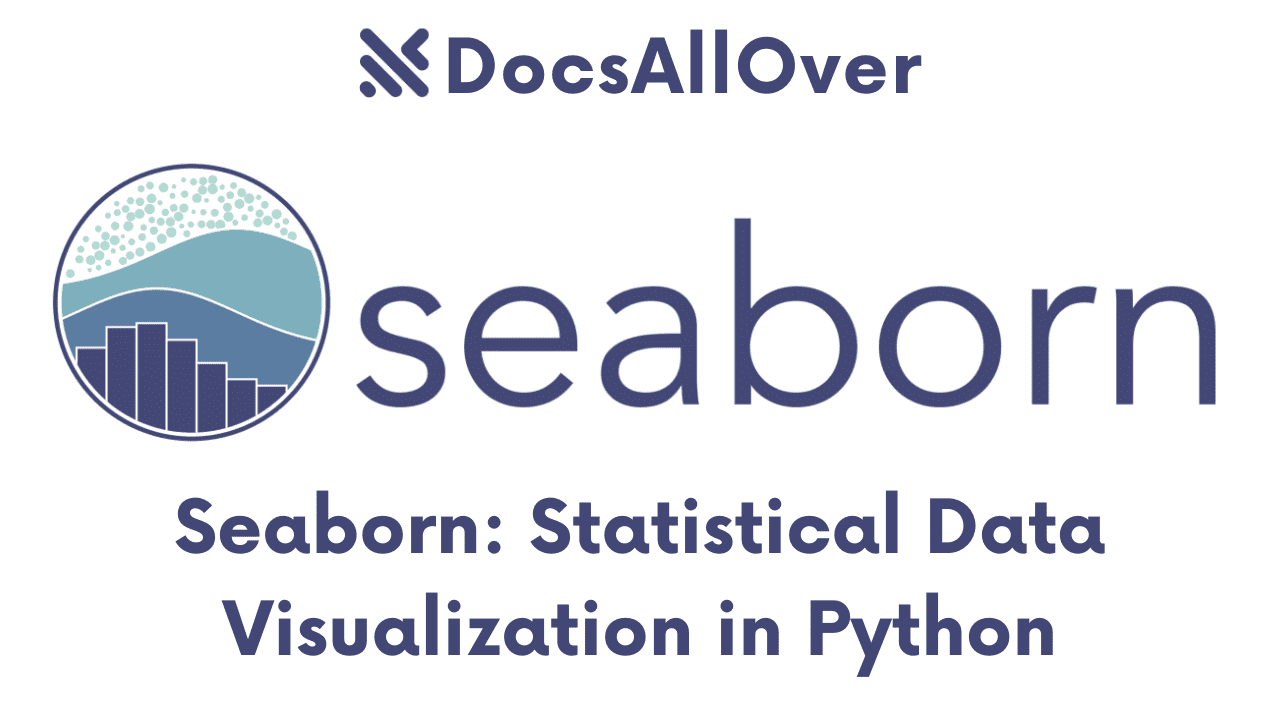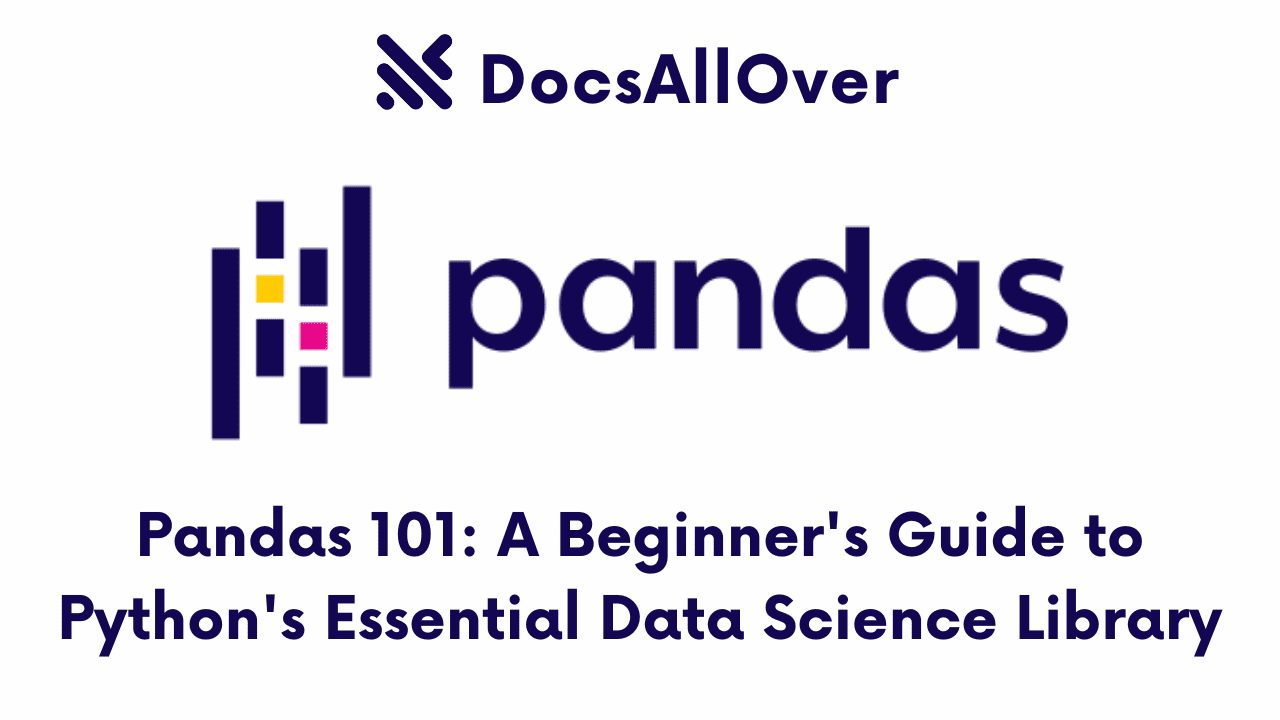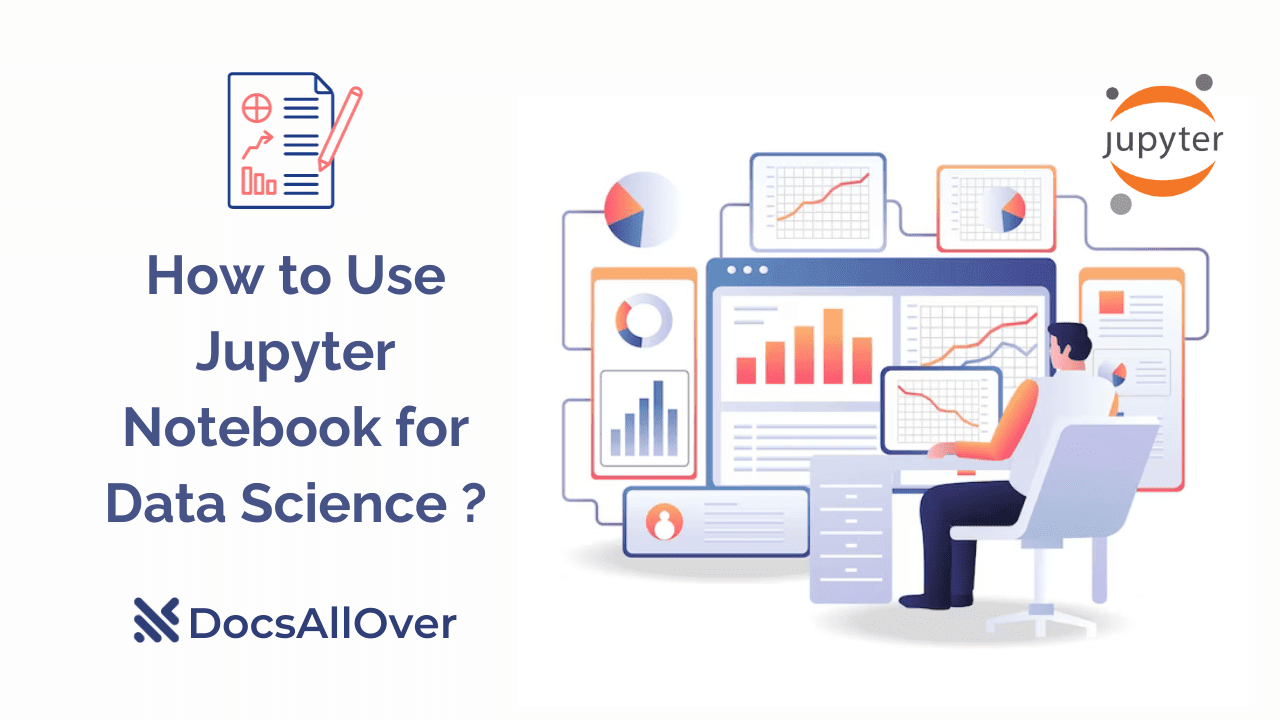The Impact of Large Language Models on Data Science Learning?

Introduction
The landscape of data science is rapidly evolving, and education needs to keep pace. One of the most intriguing advancements is the rise of large language models (LLMs). These AI-powered systems possess remarkable capabilities in understanding and generating human language. But how can we leverage this power in data science education?
This question sparks a crucial discussion. Can LLMs become valuable allies in the classroom, assisting students and enriching their learning experience? Or should we approach them with caution, wary of potential drawbacks? In this blog post, we'll delve into the potential of LLMs for data science education. We'll explore how these models can transform learning, identify ethical considerations, and ultimately, propose a path forward for embracing LLMs as a force for good in data science education.
Transforming the Data Science Pipeline With Large Language Models
LLMs have the potential to revolutionize the data science pipeline by simplifying complex processes, automating code generation, and redefining the roles of data scientists. With the assistance of LLMs, data scientists can shift their focus toward higher level tasks, such as designing questions and managing projects, effectively transitioning into roles similar to product managers.
In our following case study, we will show that LLMs can significantly streamline various stages of the data science pipeline, including:
- Data cleaning: LLMs can automatically generate code for cleaning, preprocessing, and transforming raw data, saving data scientists considerable time and effort.
- Data exploration: LLMs can generate code for exploratory data analysis, identifying patterns, correlations, and outliers in the data.
- Model building: LLMs can suggest appropriate machine learning models based on the problem at hand and generate the necessary code to train and evaluate these models.
- Model interpretation: LLMs can help data scientists understand the intricacies of the models they have built, highlighting important features and explaining model behavior in human-readable terms.
Presentation of results: LLMs can generate visuals, reports, and summaries to effectively communicate the findings of a data science project to both technical and nontechnical stakeholders.
1. The Rise of Large Language Models (LLMs) and their Impact on Data Science
Large Language Models (LLMs) are a type of artificial intelligence (AI) trained on massive amounts of text data. These models possess the remarkable ability to understand and generate human language with exceptional fluency. Here's a closer look at their capabilities and how they're revolutionizing data science workflows:
- Understanding and Generating Text: LLMs excel at comprehending the nuances of human language. They can analyze text data, identify patterns, and extract meaning. Additionally, they can generate different creative text formats, from realistic dialogue to coherent summaries of complex topics.
- Transforming Data Science Workflows: LLMs are significantly impacting how data scientists work. Here are some ways they're streamlining processes:
- Automating Data Cleaning: Data cleaning, the process of preparing messy or incomplete data for analysis, can be time-consuming. LLMs can identify inconsistencies, missing values, and potential errors within datasets, automating a significant portion of the data cleaning stage.
- Enhancing Natural Language Processing (NLP) Tasks: NLP tasks involve the interaction between computers and human language. LLMs, with their advanced language understanding capabilities, can significantly improve tasks like sentiment analysis (identifying positive or negative opinions in text), topic modeling (discovering hidden themes within documents), and machine translation (converting text from one language to another).
- Real-World Applications: LLMs are finding their way into various data science projects across industries. Here are some examples:
- Healthcare: Analyzing medical records and research papers to identify potential drug interactions or predict disease outbreaks.
- Finance: Extracting insights from financial news articles and social media data to inform investment decisions.
- Customer Service: Chatbots powered by LLMs can provide more natural and informative interactions with customers, resolving basic inquiries and directing complex issues to human agents.
The rise of LLMs presents exciting possibilities for data science education. By understanding these powerful tools and their capabilities, educators can equip future data scientists with the skills to leverage LLMs effectively, leading to faster, more efficient, and potentially groundbreaking discoveries within the vast realm of data.
2. Rethinking Data Science Education in the LLM Era
The emergence of Large Language Models (LLMs) presents a transformative moment for data science education. As these powerful AI tools become more integrated into the field, traditional curricula need to adapt to prepare future data scientists for this evolving landscape. Here's why a reevaluation of data science education is crucial:
- A Changing Landscape: LLMs are poised to automate routine tasks in data science, such as data cleaning and feature engineering. This shift requires a focus on higher-level skills like problem-solving and strategic decision-making. Data science education must equip students with the ability to identify the most appropriate application of LLMs within the data science workflow and leverage their capabilities effectively.
- New Skillsets for the Future: The rise of LLMs necessitates the development of new skillsets for data scientists. Here are some key areas:
- LLM-informed Problem-Solving: Future data scientists need to understand the strengths and limitations of LLMs. They must be able to frame problems in a way that leverages LLM capabilities while also critically evaluating their outputs.
- Critical Evaluation: LLMs are not infallible. Data scientists must possess the ability to critically assess LLM outputs for accuracy, bias, and interpretability. This involves understanding how LLMs were trained and the potential for errors in their results.
- LLMs as Educational Tools: LLMs themself can be powerful tools for data science education. Here are some possibilities:
- Personalized Learning: LLMs can personalize the learning experience by tailoring content and exercises to individual student needs and knowledge levels.
- Interactive Tutorials: LLMs can be used to create interactive tutorials that provide real-time feedback and explanations to students as they practice data science techniques.
By embracing LLMs and adapting educational approaches, data science education can move beyond simply teaching technical skills. It can prepare a new generation of data scientists who can effectively collaborate with AI tools to solve complex problems, critically evaluate their outputs, and navigate the ever-evolving data science landscape.
3. The Upsides and Downsides of LLMs in Data Science Education
Large Language Models (LLMs) have the potential to revolutionize data science education. However, it's crucial to consider both the benefits and drawbacks of integrating them into the learning process.
Upsides of LLMs: Boosting Efficiency and Personalization
- Increased Efficiency: LLMs can automate repetitive tasks such as data cleaning, code generation, and basic analysis. This frees up valuable time for instructors and students to focus on more complex concepts and practical applications. Imagine an LLM summarizing research papers or generating initial data visualizations, allowing students to delve deeper into the data and interpretations.
- Personalized Learning Experiences: LLMs can personalize the learning experience by tailoring content and exercises to individual student needs. They can analyze a student's strengths and weaknesses, recommending specific learning resources or adjusting the difficulty of problems. This personalized approach can enhance engagement and accelerate learning for students at all levels.
Downsides of LLMs: Challenges and the Need for Critical Thinking
- Over-reliance on LLMs: Blindly trusting LLM outputs can hinder the development of critical thinking skills. Students need to understand the underlying logic behind data science concepts, not just rely on AI-generated solutions.
- Bias in LLM Outputs: LLMs are trained on massive amounts of data, which may contain inherent biases. These biases can be reflected in the outputs generated by LLMs, potentially leading students to flawed conclusions. It's crucial for educators to train students to critically evaluate LLM outputs and identify potential biases.
Critical Thinking and Human Oversight: The Key to Success
The key to effectively using LLMs in data science education lies in maintaining a balance. LLMs should be seen as powerful tools, not replacements for human expertise and critical thinking. Here's why:
- Understanding the 'Why': While LLMs can generate results, it's crucial for students to understand the reasoning behind those results. This empowers them to interpret data accurately and make informed decisions.
- Identifying Biases: Educators must equip students with the ability to critically analyze LLM outputs and identify any potential biases. This skill is essential for ensuring responsible and ethical data science practices.
By harnessing the power of LLMs while fostering critical thinking and human oversight, data science education can usher in a new era of personalized, efficient, and well-rounded learning experiences.
Subtopic 4: The Future of Data Science Education with LLMs
Large language models (LLMs) hold immense potential to revolutionize data science education. Here, we explore some exciting possibilities and considerations for the future:
LLMs as Powerful Teaching Assistants:
Imagine having a tireless, knowledgeable assistant who can answer complex data science questions, provide personalized learning paths, and generate tailored practice problems. LLMs can evolve into such intelligent tutors, integrated into the data science curriculum. Students can interact with LLMs to clarify concepts, explore different approaches to problems, and receive immediate feedback on their code or analysis. This personalized learning experience can significantly enhance student engagement and understanding.
Beyond Lectures: Interactive and Immersive Learning
LLMs can go beyond static textbooks and lectures. They can create interactive learning simulations, allowing students to experiment with data analysis techniques in a safe, virtual environment. LLMs can also generate realistic case studies and scenarios, enabling students to apply their knowledge to practical problems and develop critical thinking skills. This shift towards interactive and immersive learning can make data science education more engaging and prepare students for the challenges of the real world.
Ethical Considerations: Navigating the Responsible Use of LLMs
While LLMs offer exciting possibilities, ethical considerations must be addressed. Data privacy is paramount. LLMs trained on biased datasets can perpetuate those biases in their outputs. Educators must carefully select LLMs and curate training data to ensure fairness and inclusivity. Additionally, it's crucial to develop responsible AI practices within data science education, emphasizing the importance of human oversight and critical evaluation of LLM outputs.
Embracing LLMs for a Brighter Future
Data science education has a unique opportunity to leverage the power of LLMs. By integrating them thoughtfully and addressing ethical considerations, educators can create a more personalized, engaging, and effective learning experience for future generations of data scientists. This collaboration between human expertise and AI capabilities holds the key to unlocking the full potential of data science education and empowering individuals to thrive in the data-driven world ahead.
Let's embrace this future with open minds and a commitment to responsible AI practices. Let's use LLMs to empower educators and students, fostering a brighter future for data science education.


